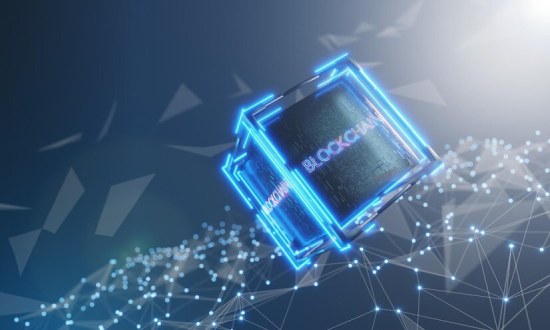What is Hyperledger?
Hyperledger (or the Hyperledger project) is one of the biggest projects in the blockchain industry. It is a global collaboration, hosted by The Linux Foundation.
The main reason for supply chain inefficiency is the lack of transparency.
Hyperledger blockchain development can help to build an effective supply chain system by improving the following areas:
- Tracking the products in the entire chain
- Verifying and authenticating the products in the chain
- Sharing the entire chain information between supply chain contributors
- Providing better flexibility
Hyperledger Fabric is different from blockchains such as Ethereum or Bitcoin in terms of its internal machinery. In a Hyperledger network, we have the following key elements:
- Ledger: It stores a chain of blocks that maintain all immutable historical records of all state transitions.
- Nodes: These are the logical entities of the blockchain. There are three types of nodes :
- Client: Clients are applications that act on behalf of a user to submit transactions to the network.
- Peer: It commits transactions and maintains the ledger state.
- Orderer: It creates a shared communication channel between clients and peers, and it contains blockchain transactions into blocks and sends them to committing peers.
Together with these key elements, Hyperledger Fabric is based on the following key design features:
- Chaincode: Chaincode is a similar concept to a smart contract in other networks such as Ethereum. It is a program written in a higher-level language, executing against the ledger’s current state database.
- Channels: A channel is a private communication subnet for sharing confidential information between multiple network members. Each transaction is executed on the channel which is only visible to the authenticated and authorized parties.
- Endorsers: These validate transactions and invoke chaincode, sending back the endorsed transaction results to the calling applications.
- MSP: This provides identity validation and authentication processes by issuing and validating certificates. It identifies which certification authorities (CAs) are trusted to define the members of a trusted domain, and determines the specific roles an actor might play (member, admin, and so on).
The Architecture of a Hyperledger Fabric Flow
The client initiates a transaction and a request to a Hyperledger Fabric-based application client, that submits the transaction to peers. These peers process the transaction by executing the Chaincode specified by the transaction and send a response back to the application. At this point, the application combines the transaction along with the endorsements and broadcasts it to the Ordering Service. The Ordering Service checks the endorsements and creates a block of transactions for each channel before broadcasting them to all peers in the channel. Peers will then verify the transactions and commit them.
What is the supply chain?
A supply chain is a network of people and businesses involved in creating and distributing a product or service. It includes the extraction of raw materials to the end consumers who purchase the product or service. A basic supply chain system involves suppliers of materials, manufacturers, logistics, and financial retailers, which turn it into a commodity, manage the transportation of the raw material and commodities, sell goods to consumers respectively.
Also, Read | Mining Supply Chain Meets Blockchain for End-to-End Tracking
Benefits of Blockchain for the Supply Chain
Blockchain for supply chain development provides novel ways to record, transmit, and share data. It is a unique database system created and maintained by participants in a decentralized network. It offers a secure and reliable architecture for conveying information and transactions which can be recorded digitally. As the distributed ledger is decentralized, each stakeholder maintains a copy, which prevents failure or data loss. It is highly resistant to altering or tampering. These level of accurate and tamper-proof records secure data integrity and make accessibility of regulatory compliance easier. Ultimately, blockchain can increase the efficiency, effectiveness and transparency of supply chains and positively impact everything in a better way from warehousing,delivery, payment and other processes.
Benefits of supply chain blockchain (Food supply chain)
- Transparency
Blockchain can help bring transparency in the supply chain and helps us to get rid of frauds. Everything can be recorded on the blockchain, form purchase to delivery. - Efficiency
Blockchain can improve the transparency of food supply, transported and sold. By maintaining every digital record of the transaction, overcome inaccuracies caused by traditional paper-based records. It provides complete traversing which helps in food recall or investigation and makes the process seamless. - Secure and quick transactions
With blockchain, it is possible to transfer the information in a matter of minutes. Once the data is validated, it is replicated on various networks to take care of its security.
Also, Read | Assessing a Blockchain-based Traceability System for the Food Supply Chain
Conclusion
In this blog we learned about the relation of hyperledger fabric with supply chain and how blockchain help us in better transparency in the process of supply chain.

Our Offices
INDIA
Emaar Digital Greens, Sector 61,
Gurugram, Haryana
122011.
Welldone Tech Park,
Sector 48, Sohna road,
Gurugram, Haryana
122018.













July 9, 2025 at 09:52 pm
Your comment is awaiting moderation.